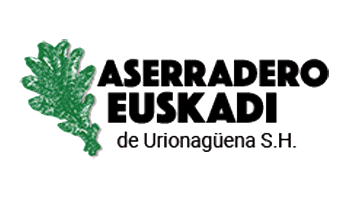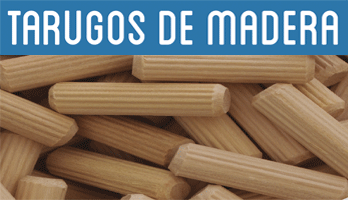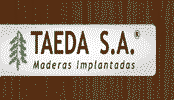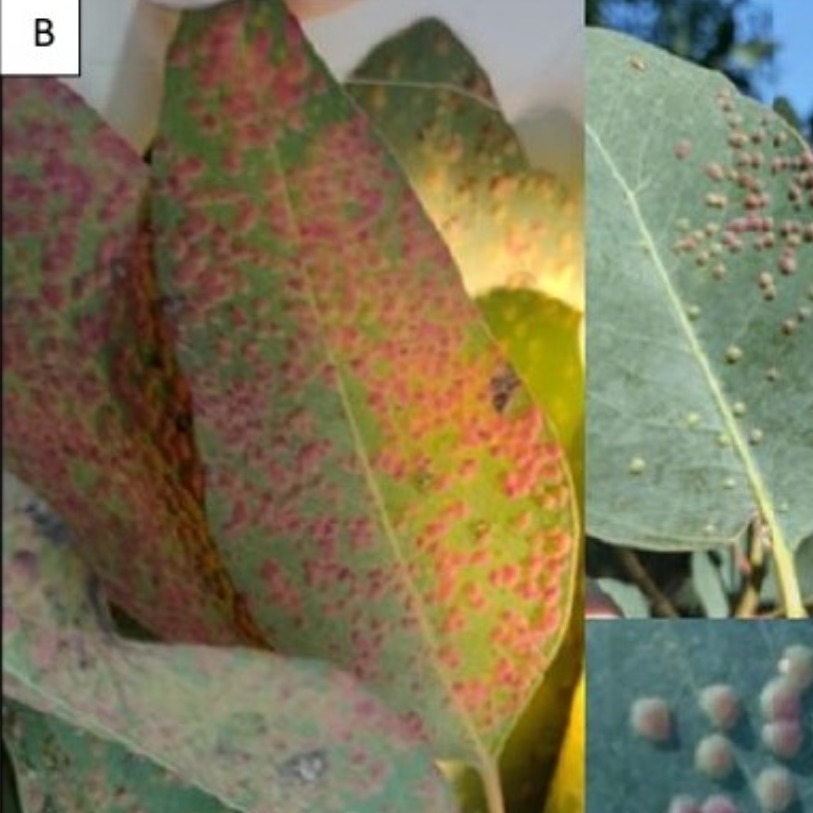
Forest pests | Study undoneing damage to the stubstant of the leaves of the eucalyptus and their associated parasitoids
Rocío Buyatti, Carmen M. Hernández, Lucas Candás and Silvia López of the National Institute of Agricultural Technology (INTA), Center for Research in Veterinary and Agronomic Sciences (Cicvya), Institute of Microbiology and Agricultural Zoology (IMYZA) of Hurlingham, Province of Good AIRES, share the results of studies that carry out for the identification and management of the pest. There are numerous species of insects, associated with eucalyptus, which are originally from Australia, and that invaded the rest of the world transforming into important pests. Among them are defoliators and stirring insects
In this article we will focus on the species of the genus Ophelimus inducing guts in eucalyptus. But what are the guts? They are anomalous structures that are developed in the tissues or organs of plants in response to the presence of certain inducing insects. Morphological and physiological both in plant tissues. Inducting insects find in the guts shelter and food. , parasitoid (which parasitate and develop at the expense of other insects) and hyperparasitoids (which parasitate the parasitoids). Actually, the group of ecology and biological control of pests of the imyza (INTA Castelar) is studying the wasps of the genus Ophelimus that They induce guts on the leaves of eucalyptus. In Argentina, at least two species of this genus have been identified. Studies are being carried out to evaluate aspects of the biology and ecology of these pest species, relevant for identification and management. The species Ophelimus maskelli is one of the most studied worldwide. In intense attacks, eucalyptus leaves are densely covered with guts and trees can have serious levels of discarding and premature fall of leaves. In 2013, the presence of O. Maskelli was reported together with its biocontroller, the closterocerus chamaeleon parasitoid in Eucalyptus camaldulensis. It has not yet been identified at the specific level, so we call it OPHELIMUS SP.I 1 mm). Likewise, the guts produced by both species differ in their external morphology which allows them to be recognized in the field. Airs, with the aim of identifying the species of the genus Ophelimus, their biocontrollers and determining their abundances.These activities are framed in a doctoral scholarship granted by CONICET to Ms. Rocío Buyatti, under the direction of Dr. Silvia López and co -direction of Dr. Carmen Hernández.
IT MAY INTEREST YOU
 Currents | Las Marías invests 8 million dollars to modernize its sawmill in Virasoro
Currents | Las Marías invests 8 million dollars to modernize its sawmill in Virasoro
The traditional company from Corrientes is moving forward with a million-dollar investment to completely renew its forestry-industrial plant. The new European line, fully automated, will increase productive performance and position the sawmill among the most modern in the country.
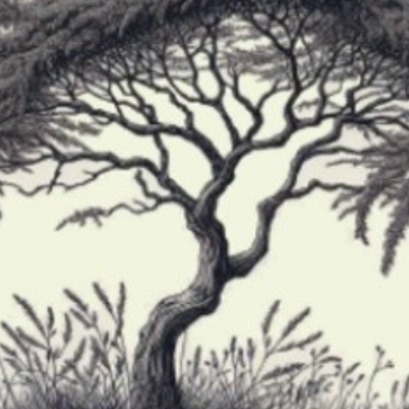 They present the Elárbol project in the Ecology Cycle
They present the Elárbol project in the Ecology Cycle
The transmedia initiative reflects the importance of Argentine native flora and focuses on the carob tree as an emblem tree. Today, at 6:�� p.m., at the Argentine Library This Thursday, October 3�, at 6 p.m., the Elárbol project is presented in the Ecology Cycle coordinated by Sergio Rinaldi at the Argentine Library.
 Color the streets pink and white in spring: which is the most beautiful tree in the world and why, according to AI
Color the streets pink and white in spring: which is the most beautiful tree in the world and why, according to AI
Its delicate branches, the soft tones of its petals and the harmonious shape of the tree make it an almost poetic image.One of the most beautiful trees in the world, according to an analysis of artificial intelligence, is the Japanese cherry tree (Sakura). Its fame is not only due to its visual appearance, but also because it is a symbol of culture.













